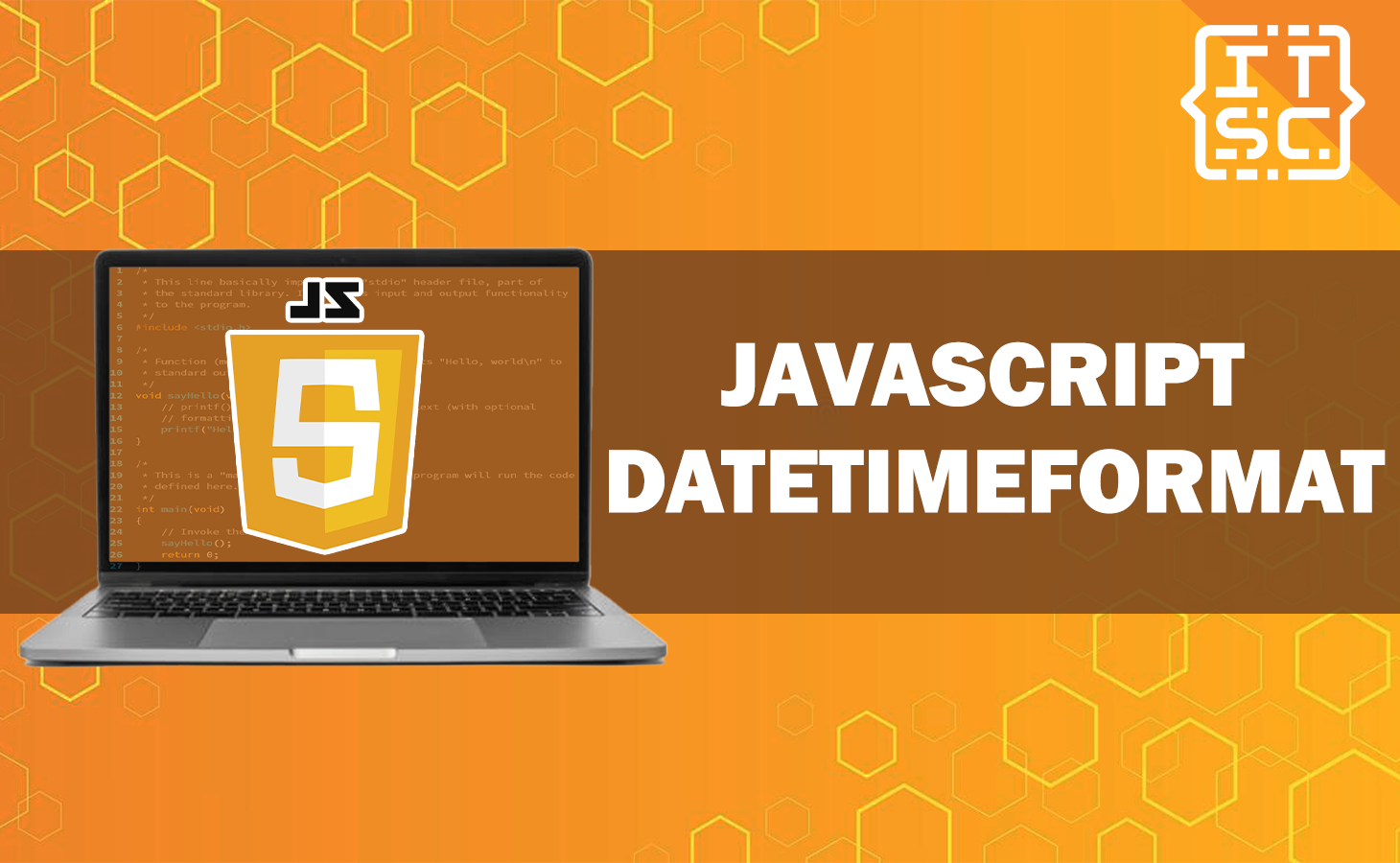In this article, we will explore the concept of Javascript Datetimeformat and discuss various techniques and best practices that developers can use to handle dates and times effectively.
When it comes to web development, dealing with dates and times is a task that developers frequently face.
It could involve tasks like displaying the current date and time on a website, performing calculations involving dates and times, or parsing user input that includes dates and times.
Hence, having a solid grasp of how to work with dates and times in JavaScript is crucial for developers in the web development field.
What is Datetimeformat?
The datetimeformat is a built-in methods feature and libraries to handle date and time objects allowing developers to format dates and times according to their specific requirements.
With datetimeformat, you can easily convert date and time objects into readable strings, customize the formatting options, and display them in various formats like dd/mm/yyyy, mm/dd/yyyy, or even as time ago (e.g., “2 hours ago”).
JavaScript Datetimeformat Methods
Formatting dates involves converting a Date object into a specific textual representation that adheres to a particular format.
Let’s explore some of the commonly used techniques to format dates in JavaScript.
The toLocaleString() Method
The toLocaleString() method is a powerful tool for formatting dates and times according to the user’s locale.
It takes into account the user’s timezone, language, and cultural preferences to generate a formatted string representation of the date and time.
This method offers a wide range of options for customizing the output format, such as including or omitting the day of the week, displaying the time zone, and more.
Example usage:
const currentDate = new Date();
const formattedDate = currentDate.toLocaleString('en-US', {
weekday: 'long',
year: 'numeric',
month: 'long',
day: 'numeric',
hour: 'numeric',
minute: 'numeric',
second: 'numeric'
});
console.log(formattedDate);
The moment.js Library
Moment.js is a widely used JavaScript library for handling, manipulating, and formatting dates and times. It offers an extensive set of features, making it a popular choice among developers.
With Moment.js, you can easily format dates and times using various predefined formats or create custom formats according to your specific needs.
Example usage:
const currentDate = moment();
const formattedDate = currentDate.format('MMMM Do YYYY, h:mm:ss a');
console.log(formattedDate);Common Datetime Formatting Patterns
Formatting dates and times often requires following certain patterns to achieve the desired output.
Here are some common formatting patterns used in JavaScript datetimeformat:
1. Displaying the Date in Short Format
To display the date in a short format, you can use the following pattern:
const currentDate = new Date();
const formattedDate = currentDate.toLocaleString('en-US', {
month: 'short',
day: 'numeric',
year: 'numeric'
});
console.log(formattedDate);
Output:
"Jun 13, 2023"2. Displaying the Time in 12-hour Format
To display the time in a 12-hour format with AM/PM, you can use the following pattern:
const currentDate = new Date();
const formattedTime = currentDate.toLocaleString('en-US', {
hour: 'numeric',
minute: 'numeric',
hour12: true
});
console.log(formattedTime);
Output:
"10:30 AM"3. Displaying the Time in 24-hour Format
To display the time in a 24-hour format, you can use the following pattern:
const currentDate = new Date();
const formattedTime = currentDate.toLocaleString('en-US', {
hour: 'numeric',
minute: 'numeric',
hour12: false
});
console.log(formattedTime);
Output:
"10:30"Anyway here are some of the functions you might want to learn and can help you:
Conclusions
In conclusion, we have explored the concept of Javascript datetimeformat and learned various techniques to format dates and times using JavaScript.
We covered the toLocaleString() method and the Moment.js library as powerful tools for formatting. Additionally, we discussed common formatting patterns and answered some frequently asked questions to enhance your understanding.
Properly formatting dates and times not only improves the user experience but also ensures an accurate representation of temporal information. By mastering the art of Javascript datetimeformat, you can make your web applications more dynamic and intuitive.
That concludes our discussion on this function. We hope that you have gained valuable insights from this article.
Stay tuned for more! 😊

